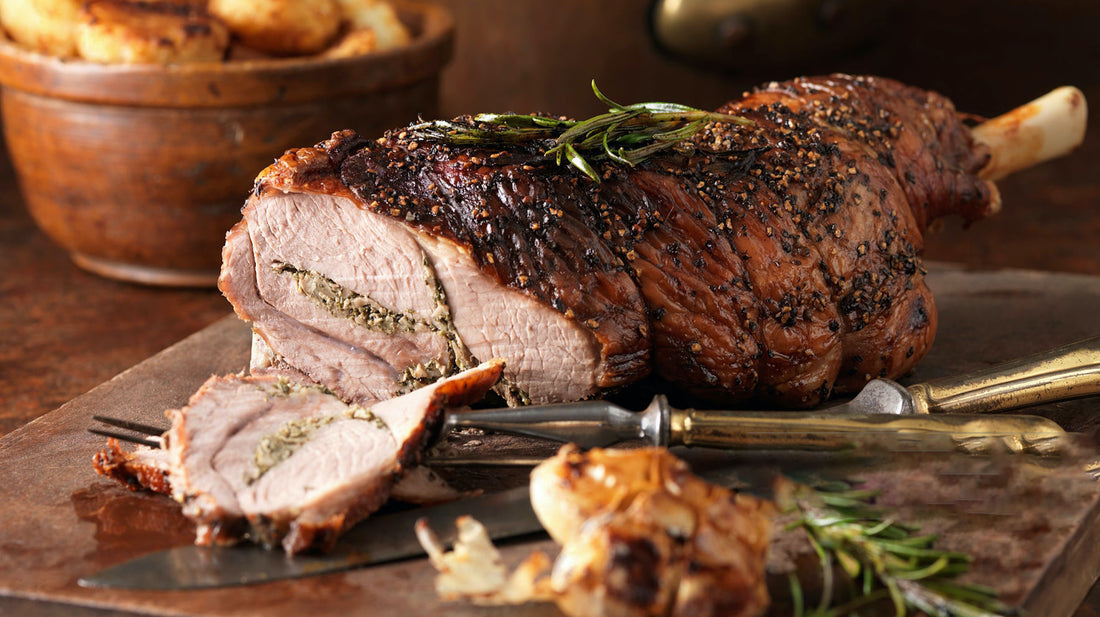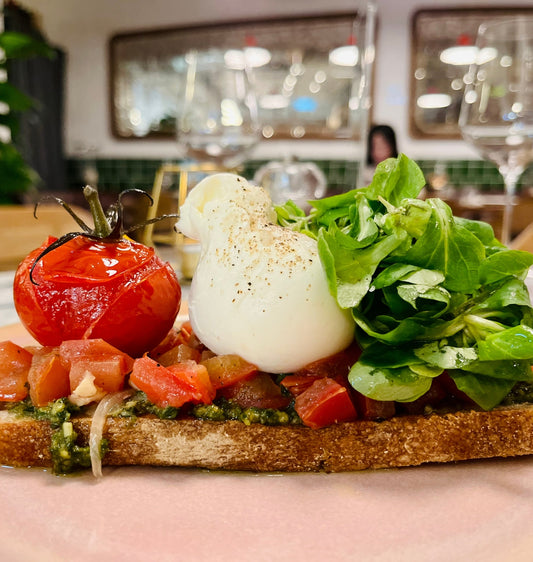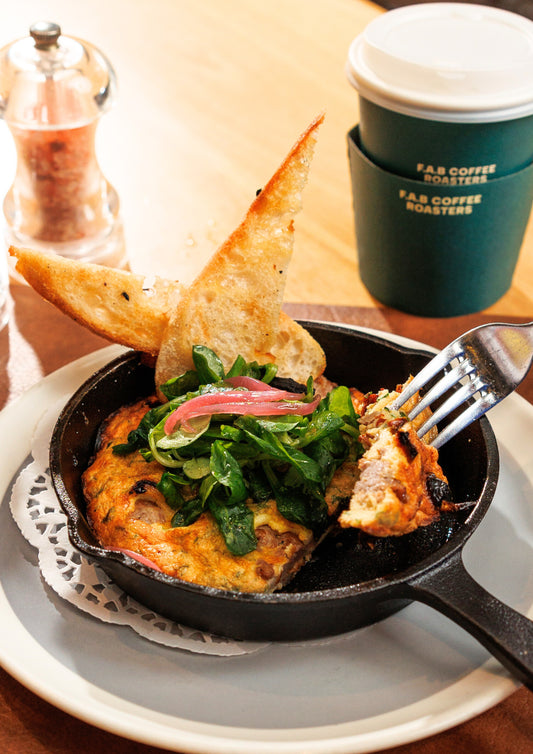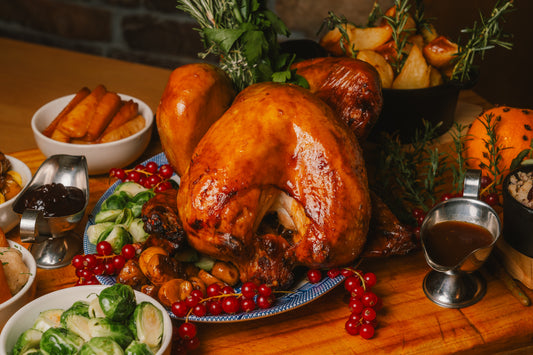
Roast Leg Of Lamb
This no-fuss Greek-inspired lamb recipe brings millennia of culinary tradition into your home with delicious results.
The Greek Isles. Rocky, arid, mountainous and hot. An ideal location for raising the finest sheep, who graze on mountainside herbs giving their meat an incomparable flavour. In this location, it’s only natural that a love of lamb abounds. And with that love comes a wealth of recipes and flavour combinations that we’d be foolish not to plunder!
There’s a saying in the culinary (and wine) world: “what grows together, goes together” and this recipe takes that adage to heart. One of the most abundant herbs clinging to Greece’s rocky cliffs is oregano, with its subtle balance between sweet and spicy, underpinned by a bold earthiness and slight bitterness. The perfect flavour profile to cut through and complement lamb’s pungent gaminess. Grab a leg of lamb and get stabbing (keep reading to find out what we’re talking about!). Roast Leg of Lamb - The Recipe
Ingredients
1 large leg of lamb, about 3kg8 garlic cloves
1 bunch oregano, leaves picked
2 lemons, zest & juice
1 heaped tsp sea salt
8 tbsp olive oil
1½ kg new potatoes
Method
Make a paste
Take the meat out of the fridge to bring it to room temperature while you crack on with the marinade.
You want to muddle all the ‘aromats’ together. That’s the garlic, oregano and lemon with salt and olive oil. You can do this by pounding the garlic, lemon zest and salt in a mortar and pestle, then adding in the lemon juice and 2 tablespoons of olive oil. You can chop the garlic, oregano and lemon zest together on a board then stir in the salt and liquids in a bowl. Or, you can whack everything in a food processor and be done with it.
Get stabbing
With a short sharp knife, stab the lamb all over to make little pockets, not quite as deep as half your finger, twisting the knife to open them up. As the meat will be approaching room temperature now it should be quite supple and easy to work with.
Time to get a bit messy
As best as you can, poke about half of your paste into the holes in the meat. We want lots inside and the rest rubbed all over the outside, so no need to be too fussy, just poke it all in. If you have managed to leave the outside clean, anoint the lamb with more olive oil, making sure the whole surface is nice and oily.
Prepare the trivet
A trivet is anything that insulates your meat from the searing heat on the bottom of the pan. As that trivet will be soaked in the roasting juices, it makes sense to use something that you can eat! We opt for new potatoes. First, toss them in the remaining paste, tumble them into the roasting tray and nestle your lamb on top.
Roasting
Preheat your oven to full whack, this is usually around 250°C, we’ll use this searing heat to build the crust of your roast. Leave your leg at 250 for 20 minutes, then turn the temperature down to 180°C and roast for 1 hour 15 minutes for medium-rare, adding another 15 minutes if you prefer your lamb on the medium side.
Give the potatoes some love
Halfway through, take the lamb out, and toss the potatoes around. Only good things will come from a little ‘rough up’ if some break open a little bit, all the crispier! Then put the lamb on top back with the other side up and all back into the oven.
Resting time
When the lamb is done to your liking (if you have a meat thermometer, that means 57°C for medium-rare, 63°C for medium), remove it from the oven and rest in a warm place for 20 minutes. Then serve with the potatoes and a simple Greek Salad.



